The difficult management of disseminated Sporothrix brasiliensis in a patient with advanced AIDS
- PMID: 25949269
- PMCID: PMC4422263
- DOI: 10.1186/s12981-015-0051-1
The difficult management of disseminated Sporothrix brasiliensis in a patient with advanced AIDS
Abstract
Sporotrichosis is an infection caused by a dimorphic fungus of the Sporothrix schenckii complex. Host immunity is an important factor in the clinical manifestations of the disease. Deeply immunocompromised individuals, especially those infected with the Human Immunodeficiency Virus (HIV) and T CD4 counts < 350 cells/ul lymphocytes, may present with the systemic form of sporotrichosis. This report describes a case of disseminated sporotrichosis caused by S. brasiliensis in a patient with advanced AIDS. The skin, lungs, bones and central nervous system were affected. Medical treatment involved the administration of amphotericin B, terbinafine, itraconazole and posaconazole. Posaconazole was associated with the best clinical response and clearing of the fungus from the central nervous system.
Keywords: AIDS; Amphotericin B; Posaconazole; Sporotrichosis.
Figures
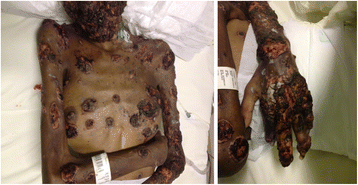
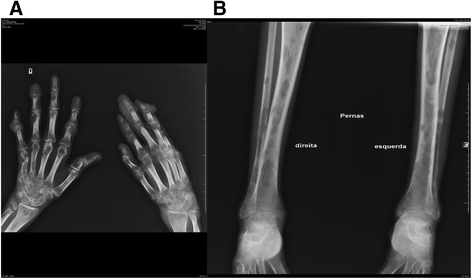
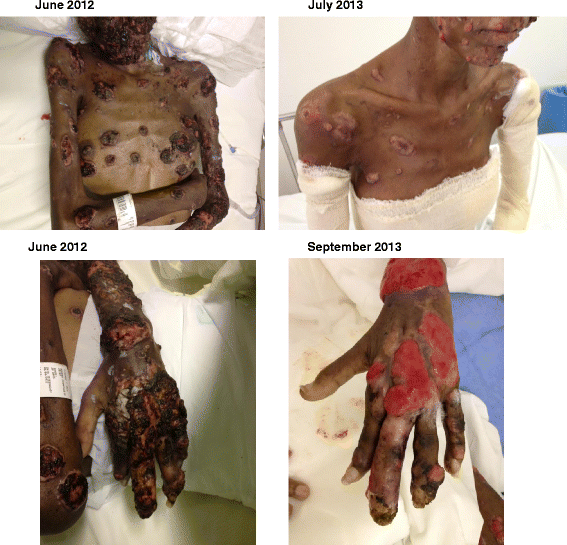
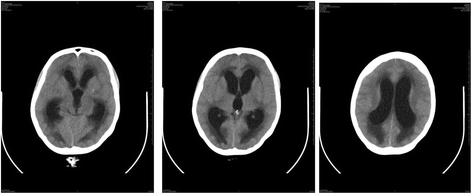
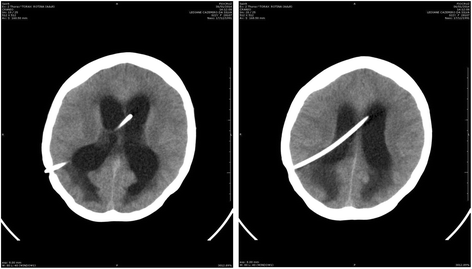
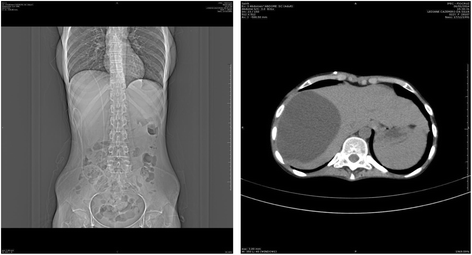
References
-
- Freitas DFS, de Siqueira Hoagland B, do Valle ACF, Fraga BB, de Barros MB, de Oliveira Schubach A, et al. Sporotrichosis in HIV-infected patients: report of 21 cases of epidemic/endemic cat-transmitted sporotrichosis in Rio de Janeiro. Brazil Med Mycol. 2012;50(2):170–178. doi: 10.3109/13693786.2011.596288. - DOI - PubMed
-
- Bustamante B, Lama RJ, Mosquera C, Soto L. Sporotrichosis in human immunodeficiency virus infected peruvian patients. Infect Dis Clin Pract. 2009;17:78–83. doi: 10.1097/IPC.0b013e31818add36. - DOI
LinkOut - more resources
Full Text Sources
Other Literature Sources
Research Materials

